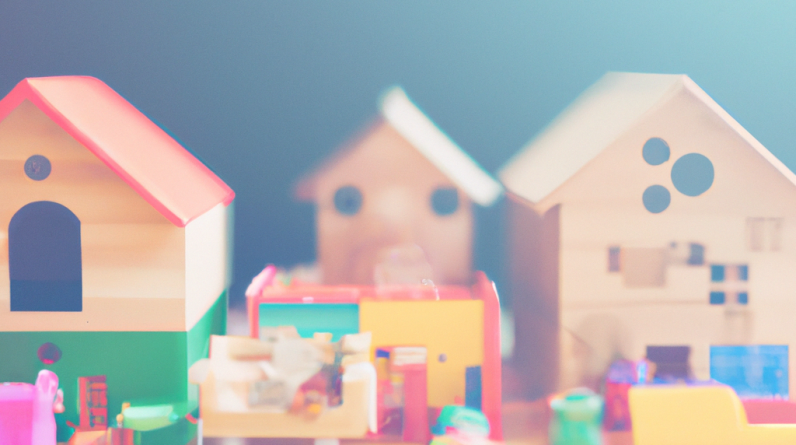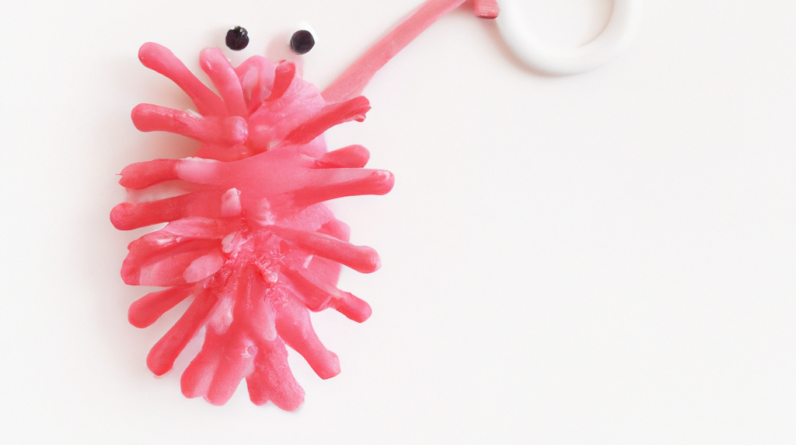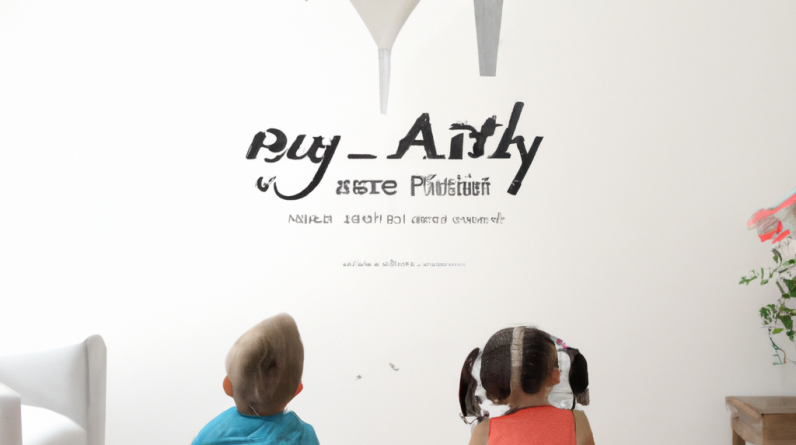
In the video “Minimalism with Kids” by The Minimalists, Joshua and Ryan delve into the topic of how minimalists can adapt their practices to help their children embrace minimalism. They discuss the challenges of being minimalists with kids and share their personal experiences of parenting. Joshua and Ryan emphasize that minimalism is not about deprivation, but rather about finding a balance and teaching children the value of intentional living. They highlight the importance of decluttering and donating toys that are no longer being used, as well as involving children in the process of giving back to the community. Overall, the video provides valuable insights and practical tips for minimalists navigating parenthood. So if you’re a minimalist with kids or planning to start a family, this video is definitely worth watching.

Table of Contents
Introduction
Are you overwhelmed by the amount of stuff your kids have? Do you feel like you’re constantly managing clutter and dealing with unnecessary stress? If so, it might be time to consider embracing minimalism with your kids. Minimalism is a lifestyle that focuses on reducing physical clutter and simplifying your life. And while it may seem challenging to apply minimalism principles to parenting, the benefits can be truly transformative. In this article, we’ll explore the numerous benefits of minimalism with kids and provide practical tips for incorporating minimalism into your family’s life.
Benefits of Minimalism with Kids
Reduced Clutter and Stress
One of the most significant benefits of practicing minimalism with kids is the reduction of clutter and stress. By intentionally owning and keeping fewer possessions, you create a more organized and peaceful environment for your family. Additionally, having fewer items to clean, organize, and manage reduces the mental load on parents, allowing for more time and energy to be spent on meaningful experiences.
Focus on Experiences
Minimalism encourages a shift in focus from material possessions to experiences. Instead of accumulating more toys and stuff, you prioritize spending quality time with your children and creating lasting memories. This shift not only fosters stronger relationships but also teaches your kids the value of moments over things.
Teaching Responsibility
Practicing minimalism with your kids provides an opportunity to teach them about responsibility and the importance of taking care of their belongings. With fewer possessions, your children can learn to appreciate and value what they have, as well as develop essential life skills such as tidying up and organizing their space.
Promoting Creativity
Minimalism encourages creativity by eliminating distractions and providing an environment that fosters imagination. With fewer toys and materials, children are pushed to think outside the box and find innovative ways to entertain themselves. This promotes problem-solving skills and nurtures their creativity.
Financial Savings
Minimalism can also have significant financial benefits. By reducing the number of items you purchase for your children, you can save money in the long run. With a focus on quality over quantity, you invest in well-made toys and items that stand the test of time, allowing you to save money on replacements and unnecessary purchases.
Principles of Minimalism with Kids
Simplify Toy Inventory
Start by simplifying your children’s toy inventory. Assess which toys are essential and bring joy to their lives while letting go of those that are rarely used or no longer serve a purpose. A curated collection of toys will not only reduce clutter but also encourage more meaningful play.
Encourage Donations and Contributions
Teach your kids the value of giving back by encouraging them to donate toys they no longer need or use. Involve them in the process of selecting toys to donate and explain how their contributions can bring joy to others. This act of generosity cultivates empathy and an understanding of the power of helping others.
Limit Screen Time
Minimize the role of electronic devices in your children’s lives by setting screen time limits. Encourage alternative forms of entertainment such as reading, arts and crafts, outdoor activities, and imaginative play. By reducing screen time, you promote a healthier and more balanced lifestyle for your children.
Emphasize Experiences Over Material Possessions
Place greater importance on experiences rather than material possessions. Instead of buying more toys, invest in activities and outings that create lasting memories. Trips to the park, family picnics, and visits to museums or nature preserves can provide enriching experiences for your children.
Create a Minimalist Play Space
Designate a specific area in your home as a minimalist play space. Keep this space clutter-free by storing toys in open bins or baskets and rotating them periodically. A minimalist play space promotes focused and intentional play, fostering creativity and independence in your children.
Managing Toy Inventory
Purging Unwanted Toys
Regularly declutter your children’s toy collection by purging unwanted or unused toys. Involve your kids in this process, guiding them to choose which toys they would like to keep and which ones they can donate to others. This practice promotes decision-making skills and teaches the importance of letting go of unnecessary possessions.
Rotating Toys
Instead of having all toys available at once, consider rotating them on a regular basis. By keeping a limited selection of toys accessible, you can prevent overwhelm and maintain your child’s interest and engagement. Rotate toys every few weeks or months to keep playtime exciting and fresh.
Choosing Quality Over Quantity
When purchasing toys, prioritize quality over quantity. Invest in toys made from durable materials that can withstand the test of time. Quality toys are more likely to be cherished and played with for an extended period, avoiding the need for frequent replacements.
Multifunctional Toys
Opt for toys that encourage open-ended and imaginative play. Multifunctional toys, such as building blocks, wooden blocks, and art supplies, allow children to use their creativity to create various scenarios and outcomes. These types of toys promote problem-solving skills and cognitive development.
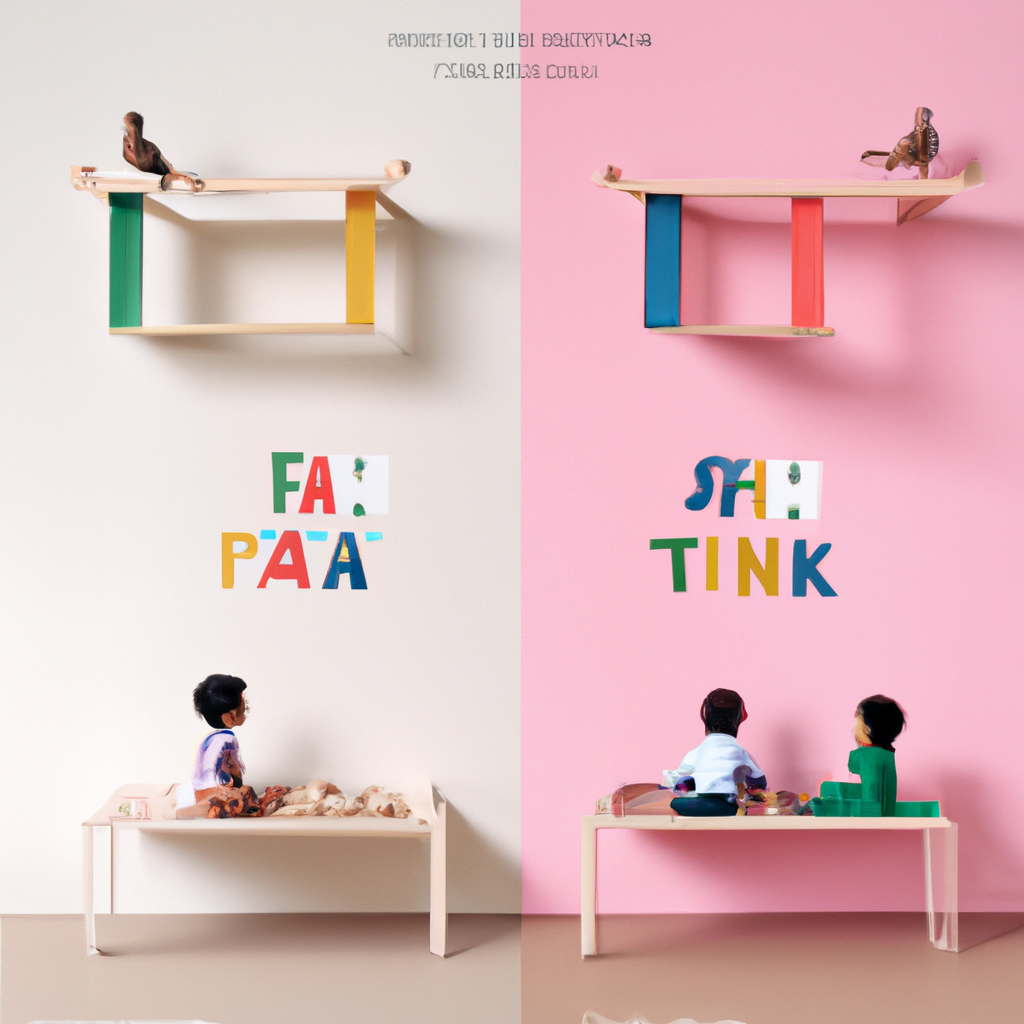
Teaching Minimalist Values
Lead By Example
As a parent, it’s essential to lead by example when practicing minimalism. Model the behavior you want to instill in your children by embracing simplicity in your own life. Demonstrate how to make intentional purchases and prioritize experiences over material possessions.
Explaining Minimalism to Kids
While young children may not grasp the concept of minimalism fully, you can still explain it in age-appropriate terms. Discuss the importance of having fewer things to focus on what truly matters. Encourage conversations about the value of experiences and the joy that comes from sharing and giving.
Teaching Gratitude
Minimalism is closely tied to gratitude. Teach your children to appreciate and be grateful for the things they have by engaging in regular gratitude exercises. Encourage them to express gratitude for their toys, experiences, and the people in their lives.
Emphasizing Quality Over Quantity
Help your children understand the importance of quality over quantity. Teach them that having a few well-made toys is more valuable than having a room filled with cheap, disposable toys. Foster an appreciation for craftsmanship and durability at an early age.
Minimalism and Digital Devices
Setting Screen Time Limits
Establish clear rules and boundaries for screen time. Set specific limits for how much time your children can spend on electronic devices each day. Encourage alternative activities such as reading, outdoor play, and artistic pursuits.
Choosing Educational Apps and Games
When allowing your children screen time, prioritize educational and interactive apps and games. Look for options that promote learning, problem-solving, and critical thinking skills. Engage in the digital experience together, fostering connection and shared learning.
Encouraging Outdoor Activities
Promote outdoor activities to counterbalance the time spent on digital devices. Encourage your children to engage in physical play, explore nature, and develop a connection with the world around them. Outdoor play fosters creativity, physical health, and a love for the environment.
Creating Device-Free Zones
Designate specific areas or times in your home where electronic devices are not allowed. This creates opportunities for family bonding, conversation, and quality time without distractions. Device-free zones can be in shared spaces like the dining room or during family outings.
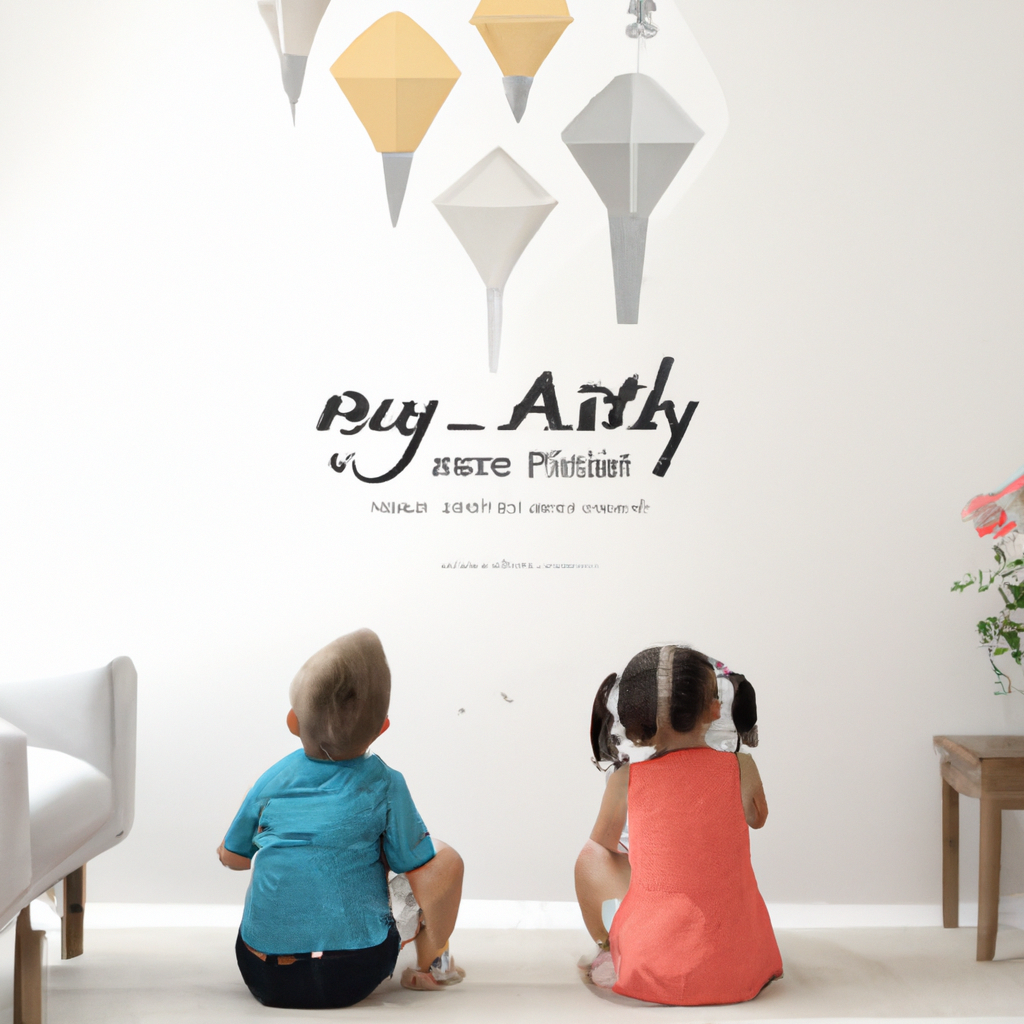
Promoting Minimalist Play
Encouraging Imaginative Play
Encourage your children to engage in imaginative play that doesn’t rely heavily on toys or technology. Foster their creativity and resourcefulness by providing open-ended play materials like blankets, cardboard boxes, and art supplies. Imaginative play promotes cognitive development and problem-solving skills.
Providing Open-Ended Toys and Materials
Fill your child’s play space with open-ended toys and materials that allow for endless possibilities. Building blocks, art supplies, dolls or action figures, and dress-up clothes are examples of open-ended toys that inspire creativity and imagination.
Limiting Commercial Influence
Minimize exposure to commercial advertisements and media that promote excessive consumption. Limit your child’s exposure to commercials on television and online platforms. Encourage critical thinking about marketing messages and the true value of material possessions.
Creating a Minimalist Playroom
Designate a specific area of your home as a minimalist playroom. Keep this space simple and uncluttered, with only a few well-chosen toys and materials available. This intentional environment promotes focused play and reduces distractions.
Minimalist Parenting Tips
Simplifying Daily Routines
Simplify your family’s daily routines to reduce stress and overwhelm. Create predictable schedules that allow for smooth transitions between activities. Minimize unnecessary commitments and streamline your routines to create more ease and presence in your daily life.
Teaching Organization Skills
Teach your children practical organization skills from an early age. Teach them how to tidy up their play space, organize their belongings, and create systems for keeping things in order. These skills will serve them well as they grow and navigate their own lives.
Implementing Minimalist Wardrobes
Embrace minimalist wardrobes for your children by focusing on quality, versatile clothing items. Encourage them to maintain a clutter-free closet by regularly donating or passing down clothes they have outgrown. This practice not only simplifies their choices but also fosters a sense of gratitude for what they have.
Focusing on Experiences and Quality Time
Above all else, prioritize experiences and quality time with your children. Plan outings, engage in activities together, and create meaningful traditions. By focusing on building strong relationships, you strengthen the foundation of your family and create lifelong memories.
Minimalism and Emotional Well-being
Reducing Overstimulation
Minimalism can help reduce overstimulation, especially for children with sensory processing disorders. By creating a calm and clutter-free environment, you provide a space for your child to thrive and feel more at ease. Minimizing sensory overload promotes emotional well-being and reduces anxiety.
Creating Calm Spaces
Designate specific areas in your home as calm spaces. These areas should be free from clutter and distraction, and accessible to your child whenever they need a break or quiet time. Calm spaces provide a safe haven for relaxation and introspection.
Managing Sensory Overload
Pay attention to your child’s individual sensory needs and provide appropriate support. Consider their sensitivities to noise, light, and touch when designing their environment and planning activities. Creating a balance between stimulation and relaxation is key to their emotional well-being.
Promoting Mindfulness
Minimalism aligns with the principles of mindfulness by encouraging intentional living and present-moment awareness. Teach your children mindfulness techniques such as deep breathing, meditation, and gratitude exercises. These practices foster emotional resilience and a sense of inner calm.
Conclusion
Incorporating minimalism into your family’s life can bring numerous benefits, from reducing clutter and stress to promoting creativity and teaching responsibility. By simplifying toy inventories, focusing on experiences, and teaching minimalist values, you create an environment that fosters mindfulness, gratitude, and emotional well-being for both you and your children. Embrace minimalism with an open mind and heart, and watch as your family thrives in simplicity and joy.





